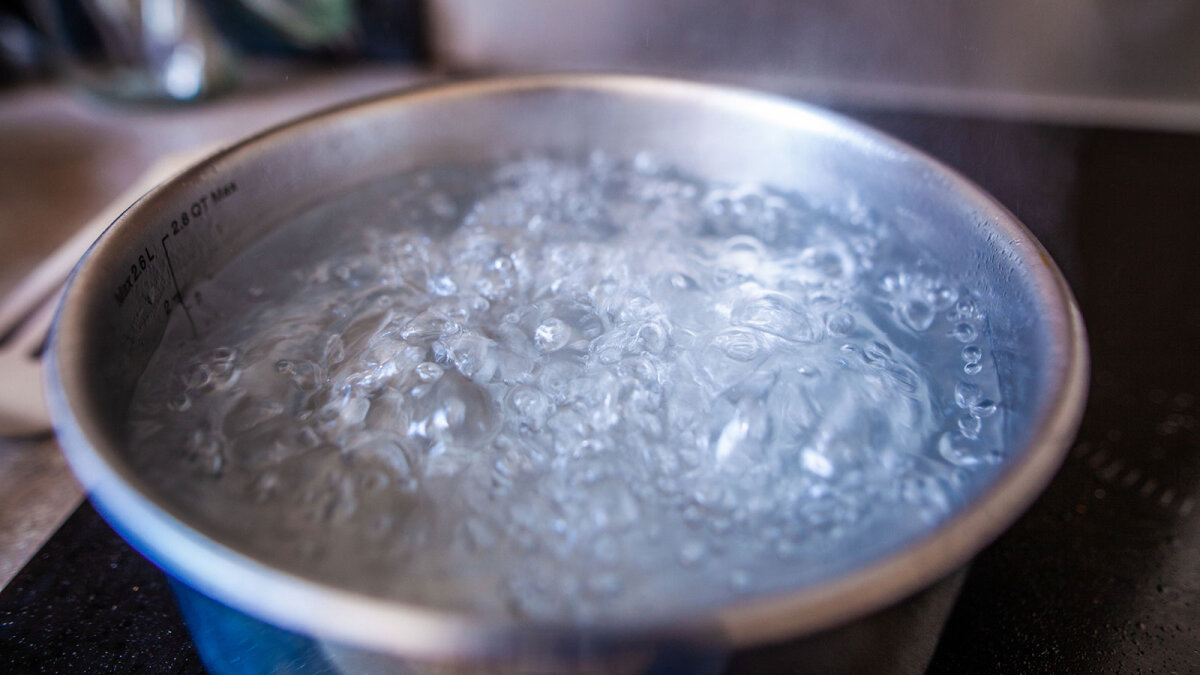Table of Content
This article was co-authored by wikiHow Staff. Our trained team of editors and researchers validate articles for accuracy and comprehensiveness. The noodles will easily separate from one another and spread across the pan. Allrecipes is part of the Dotdash Meredith publishing family. Mix all the ingredients for your flavour paste, and put into a little sealed tub or jar until you're ready to use it. Place individual plates of raw ingredients on the table, along with dipping sauce ingredients.
I usually put the flavor base and flavor extras on the very bottom where they’ll stay separate. Last but not least, throw a few truly fresh ingredients into your cup. These are things that don’t require cooking, but add a lot of flavor.
How much time does it take to boil rice in pressure cooker?
Step 6-Bring it to a boil and if needed add in more water during the process of cooking. When cooking with a pressure cooker, it is important to know the ratio of water to rice. This will help to ensure that the rice is cooked evenly and properly. The ratio can be easily determined by subtracting the weight of water from the weight of rice in a pressure cooker.

Cooking rice in a stovetop pressure cooker is a great way to get the perfect, fluffy texture and flavor. There are a few things you need to know before starting, so be sure to read through this guide carefully! Ham is a popular meat in many cultures, and it’s likely that adding water to it for cooking or chewing makes it more tender.
How to cook raw rice in a pressure cooker?
Instead, cover the saucepan with a lid and let the egg cook for about thirty seconds to a minute. Once the noodles are cooked, turn off the stove. Carefully pour the noodles and the noodle broth into a large soup bowl. If the noodles are steaming, let them cool for a minute or two before eating them.Eat the noodles with chopsticks or a fork. First, pull the lid of the ramen cup back halfway.

Fresh ingredients go on top where they won’t get crushed. You can also pack the fresh ingredients in a separate baggy, which you can pull out before you add the water. This is helpful for things like slices of limes or eggs that you don’t necessarily want mixed into the soup. This addition only works if you’re cooking a package of instant noodles on the stove.
Udon vs. Soba Noodles
Try to evenly disperse the dough and roll, rotating 90º to form a circle. Noodles can be stored uncooked in the freezer for several months. Divide noodles into individual portions and store them in an airtight container. To cook, defrost overnight in the refrigerator and then cook as directed above.
The noodles flavor improves once the rice-flour blend ferments for 4 days at room temperature. This step is optional, but it surely does add in a tanginess to the overall finished noodles. If you want to skip this step and, in a hurry, then soaking it overnight is recommended. Water and rice flour are blended and then cooked until thick over a stovetop. This step helps to get rid of the raw rice flour taste. Step 7-Take little oil and brush a light coat on the bottom portion of the pan.
How much water do I need for 1 cup of rice?
The goal, however, is to create long sheets that are about an ⅛ inch thick.Once the sheets are rolled out into long and thin sheets, you can slice the dough into noodles. I recommend using a clean straight edge, like a ruler, otherwise you might get very funny shaped pasta. Homemade noodles do not need to be dried before cooking; instead, they can be prepared immediately in a pot of boiling water or soup broth. The main ingredients for making wheat noodles are flour, water, and salt. The basic steps in making noodles are mixing the dough, sheeting it, combining the sheets, resting it, rolling it, and cutting it.

Also, vermicelli noodles are better than the flat rice noodles - because they take less time to soften in the boiled water . Flat noodles - as you can see from my picture here - still work well though. I'd recommend using dried rice noodles for this dish.
It’s important to find the right kind of noodle – one that will soften nicely in boiling water from the kettle without the need for pan-cooking. We find flat, thin, quick-cook noodles fit the bill very well. The ‘pot’ should be covered once the water is added… with this in mind, a sealable heatproof jar, such as a kilner, is ideal. When creating your broth, don’t be afraid to experiment by adding in different flavors, seasonings and sauces.
However, there are some factors to consider when deciding whether or not to add oil or butter to the pot while cooking rice. If you’re looking to pressure cook a large quantity of food, one common practice is to put in a lot of water. How much you put in a pressure cooker will affect the rate at which the pot can reach high pressure. Here we take a look at how many cups of water you should put in a pressure cooker for different types of foods. There are a few things you need to know before you start cooking rice in a pressure cooker.
The ready-cooked rice noodles are ok, but they don't absorb the flavour quite as well. Hot pot dipping sauces are so tasty, I’ve also done a recipe where I made a batch without hot pot, just to mix into noodles. Make sure your meats are completely cooked through.
Once the ramen is ready to serve, place a square of American cheese onto the surface of the soup. The cheese will melt into the broth and create a smooth, cheesy sauce. If you want a thick, mac-and-cheese broth for your noodles, add two to three slices of American cheese.
As much as everyone loves to hate on pot noodles there’s something about the salty saucy noodles that’s a little bit irresistible! I decided to try to make my own at home, but with less additives and with some veg and protein too for a complete meal. Then, on a lightly floured surface, roll each portion of dough into a paper-thin rectangle using a rolling pin. Dust top of the dough with flour to prevent it from sticking to the rolling pin. When the dough reaches the desired thickness, trim the edges of the dough to create an even rectangle. Homemade egg noodles are not only delicious; they're easy to make, too.


No comments:
Post a Comment